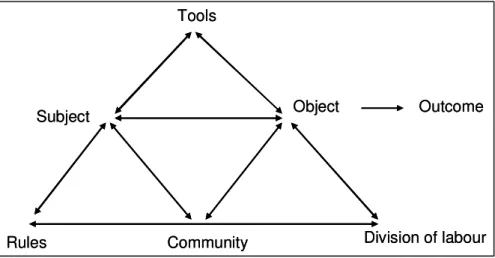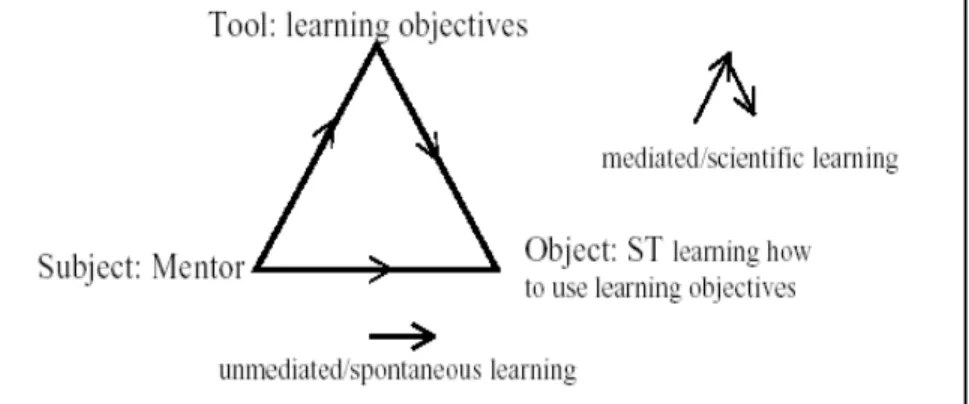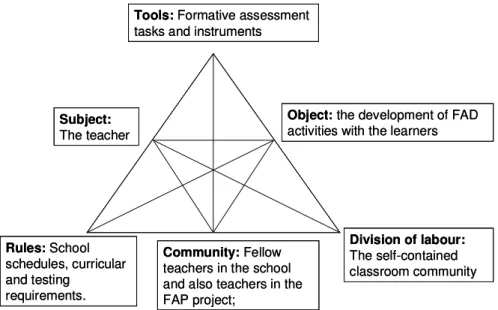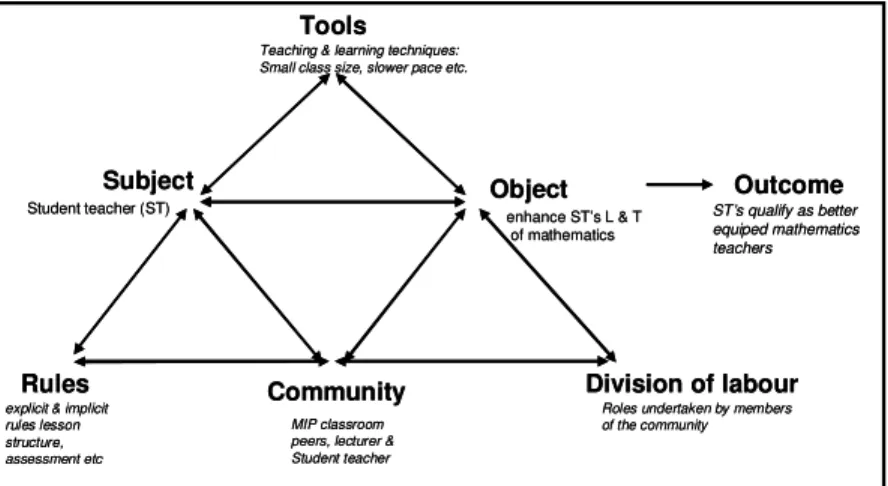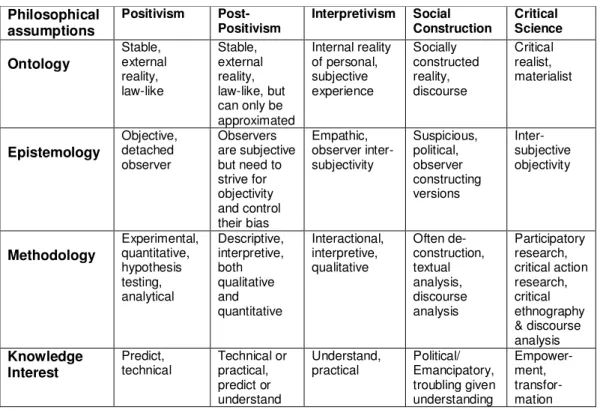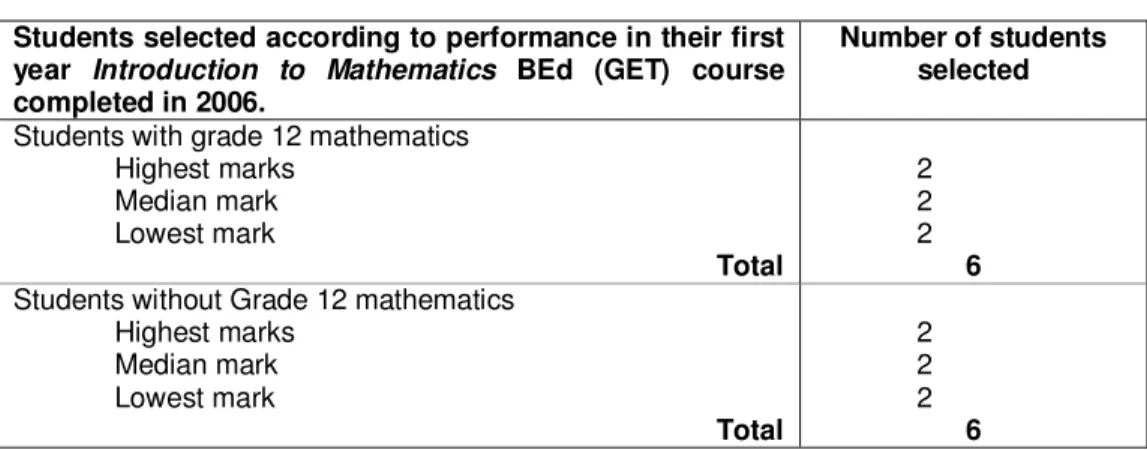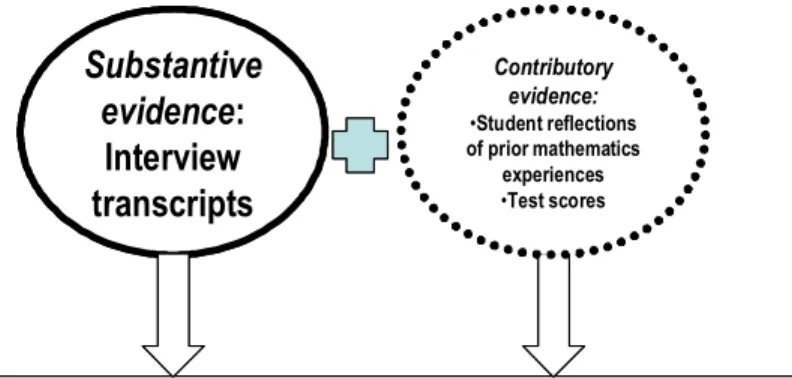In terms of MIP results, evidence confirms that student teachers' at-risk perceptions of mathematics learning and teaching in the sample selected for the study had changed. The study investigated how a mathematics intervention program (MIP) shaped student teachers' perceptions of mathematics learning and teaching.
Chapter One
Orientation to the research
- Introduction
- Background to the research problem
- The importance of academic achievement for first year dropout and retention levels at HEIs
- The need for academic support programmes for first year students in HEIs
- Redesign of the school curriculum: an impetus to train more mathematics teachers
- The research problem
- Background to the implementation of the MIP at CPUT
- The research questions
- Research methodology
- Research ethics
- Organisation of the study
According to the DoE, only 50% of teachers who teach mathematics and science have studied the subject beyond secondary school level (Pandor, 2005). An interpretive approach was taken and qualitative methodologies were used in conducting the study.
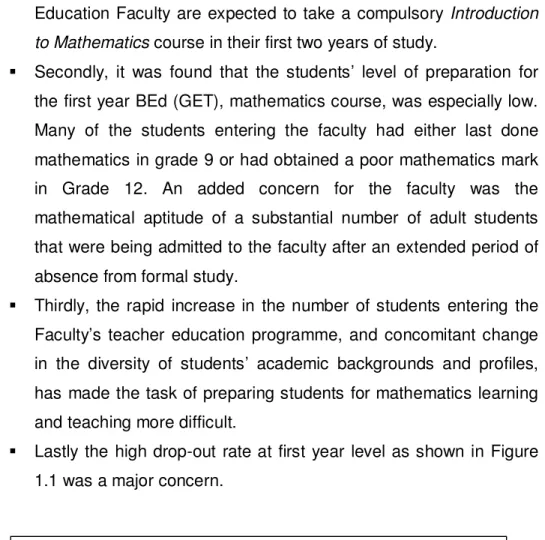
Chapter Two
A review of the literature
Introduction
Student perceptions of mathematics learning
The aim of this pilot program was to change the student teachers' negative perception of both mathematics and science learning and teaching. She adds that these perceptions interact strongly with the student teachers' experiences of learning to become mathematics teachers.
Mathematics intervention programmes
However, the Australian Education Council (1991) warns that the full benefit of a mathematics intervention program can be influenced by a range of personal characteristics and circumstances of the student and also by the quality of mathematics offered. Therefore, a more in-depth understanding of the implementation of mathematics intervention programs can be obtained from the relevant literature dealing with theoretical perspectives of mathematics teaching and learning.
Theoretical perspectives of mathematics learning and teaching strategies
Bockarie (2002) adds that the role of the teacher or capable peer in the ZPD is to build scaffolding, or provide a series of leadership activities, that guide the learner's developmental process. Scaffolding: According to Collins, Brown & Holum (1991), this principle refers to the teacher providing assistance in sections of the.
Activity theory (AT)
The division of labor or roles describes how the object of activity relates to the community. The object of the activity is for them to increase their knowledge of teaching and learning mathematics.
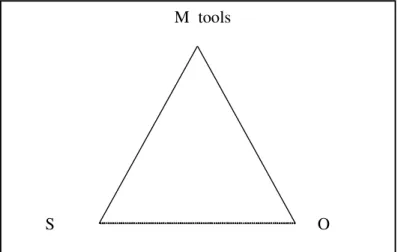
Conclusion
Perhaps one of the most important criticisms of AT is that it has been applied within different disciplinary frameworks, e.g. The close adaptation of AT to the socio-cultural views of the learning environment, especially mathematics (see e.g. Cobb, 1994) is one of the motivating factors for using it as an underlying framework for the study. Finally, section 2.5.5 above provides evidence of the usefulness of AT in understanding mathematics learning processes, regardless of the type of tools used in a specific environment.
In the next chapter, I extend the discussion of the use of AT by discussing its use as a tool to analyze data. Chapter three also presents an overview of the research design and justifies the selection and use of methods and techniques to collect data to answer the research question.
Chapter Three
Research design and methods
- Introduction
- Philosophical assumptions of the research
- Research design
- Overview of the selected case
- Research methods
The MIP was introduced in the first year of the Bachelor of Education (GET). The following section provides a more detailed description of aspects related to the design and implementation of the MIP. The methods discussed in this section outline the individual steps used in conducting the research process viz.
The primary reason for this was so that I could firstly gain a better understanding of the methods used in the MIP. The length of the interview was dependent on the depth of response of the research subjects.
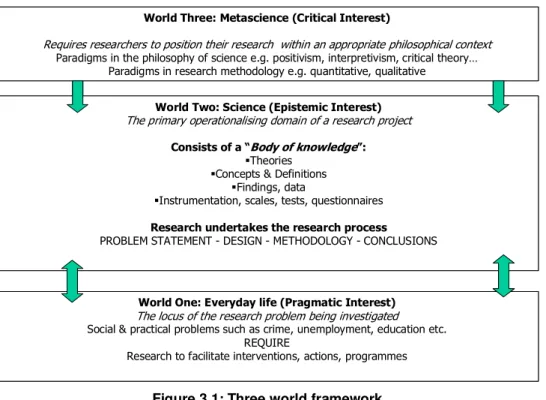
Interview transcripts
Verifying the quality of the study
According to Lincoln and Guba (1985), trustworthiness is an important aspect of qualitative research; it corresponds to the concepts of reliability and validity. Validity according to McMillan & Schumacher (2001) refers to the degree to which the interpretations and concepts have mutual meanings between them. According to Lincoln and Guba (1985), there is no validity without reliability and therefore no credibility without reliability.
Another technique, according to Lincoln and Guba (1985) that addresses credibility, includes making segments of the raw data available for others to analyze. Reliability and confirmability according to Lincoln and Guba (1985) can be established using an audit trail.
Ethical issues
Based on the above discussions, Table 3.4 below outlines a framework for improving the reliability of this study. Audit trail: to facilitate an external audit to establish levels of reliability and confirmability of study. Audit trail included audio tapes of interviews, transcripts of interviews, hard copy of all documents coded by qualitative software package.
Conclusion
Chapter Four Research findings
Introduction
The upper part of the triangle in Figure 4-1 (subject, object, and mediated resources) was used to explore how the student-teacher used the mediated resources to support and build on their own understanding of learning and teaching mathematics. The bottom half of the triangle (rules, community, and division of labor) was used to examine how the social environment within the MIP classroom influenced student teachers' perceptions of learning and teaching mathematics. Activity theory thus facilitated a holistic interrogation of the learning and teaching of mathematics by the student teachers within a particular social setting, viz.
Therefore, AT enabled me to investigate the relationships between the six components of the AT system as they pertained to the research problem.
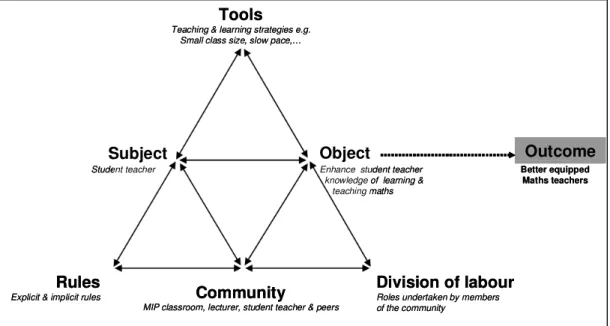
Activity theory perspectives of mathematics learning and teaching
The above provides a summary of the background of at-risk student teachers in MIP. Thus, various teaching and learning strategies adapted specifically to the needs of student teachers in the MIP class were used. Such intrinsic motivation was one of the factors that contributed to the improvement of student teachers' performance.
Student teachers used the following descriptors when asked to identify the role of the lecturer in the MIP classroom, viz. In Figure 4.4, a written and graphic illustration created by one of the student teachers in MIP reflects her initial concern and fear of learning mathematics.
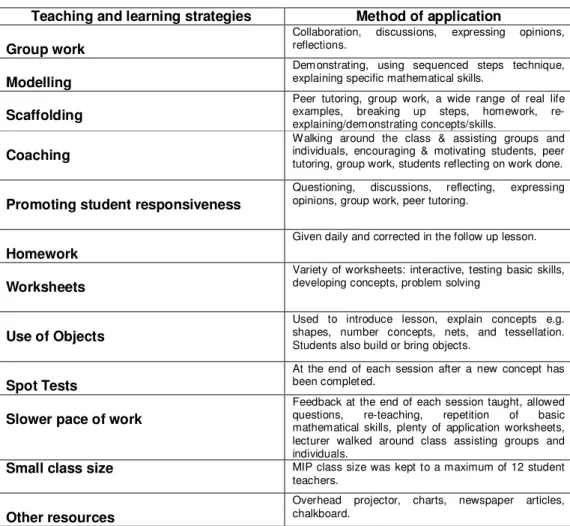
Integrating the findings of the six AT components
Referring to Figure 4.2, the statistics support the observation made by the subjects' written and graphical representations. The bottom half of the triangle (rules, community, and division of labor) reports on findings focused on how the social environment within the MIP classroom influenced the student teachers. The activity system as a whole examines the mediated activity within a social context of the MIP classroom.
Important aspects from this figure include the rules, community, and division of labor that created the MIP learning environment. The interconnection of activities within these components transformed the subjects in achieving the object of the activity.
Conclusion
This figure highlights that the change in attitude and perception as seen in the test scores and the card selection process cannot be attributed to just one aspect of the MIP implementation strategy. The next chapter presents the interpretation of these findings as a means of providing a definitive answer to the research questions. In addition, recommendations arising from the research will be discussed and concluding remarks provided.
Chapter Five
Overview, interpretation, recommendations and conclusion
- Introduction
- Overview of the study
- How has the Mathematics Intervention Programme shaped the student teachers’ perceptions of learning and teaching
- Recommendations
- Limitations of this study
- Scope for further study
- Concluding remarks
Thus, the findings inform us about important outcomes of the math intervention program regarding altered perceptions of high-risk student teachers. The findings also point to aspects of the PMO that contributed to these results. The main aim of the study was to examine how the MIP influenced student teachers' perceptions of learning and teaching mathematics.
This would enable disadvantaged student teachers to become more receptive to mathematics activities and to the dynamics of teaching and learning mathematics. Therefore, the findings from this study will help inform the basic design of the MIP.
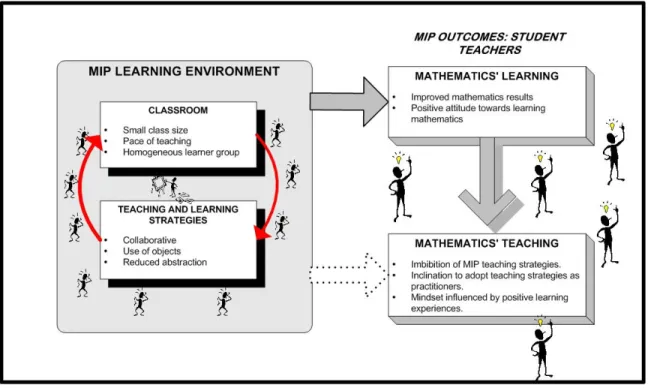
Student perceptions of a selected aspect of a computer-mediated academic writing program : an activity theory analysis. Australian Journal of Education Technology. Developing work studies as a test bed of activity theory : the case of primary care medical practice. Proceedings of the 26th Conference of the International Group for the Psychology of Mathematics Education.
Activity theory as a framework for understanding teacher perceptions of computer use at primary school level in South Africa. Making sense of the meaning maker: Tracing the object of activity in a computer-assisted mathematics lesson using activity theory.
Lecturer Interview Schedule
Research Question: How has the MIP shaped student teachers’ perceptions of learning and teaching
Mathematics?
Subject
Rules (principles of
Division of Labour
Objects (student
Outcomes (Expected
Student Interview Schedule
Subject (student
Object
Rules (Principles of
Division of
How has the language of teaching and learning (English) had an impact on your learning of mathematics. the roles played by the.
Motivation to learn 4. Collaboration/group work
Learning mathematic concepts 6. Confidence to teach maths
It was easy to pass because there were many samples and it also made it much easier to learn. It was good to use the board, but it is also good to use the worksheet. She wasn't too fast, she was more like slow because our class was I don't know, it was like another level.
123: I was in the MIP lecturer's class, it was good to be there because the MIP lecturer was slow going. It was a bit of time, yes, because of that we had to do this week of catch-up.
SUBJECT GUIDE 2006
- Number (LO1: Number, operations and relationships)
- Number patterns (LO2: ….)
- Geometry (LO3:….)
- Teaching method
- Attendance and Punctuality
- Calculators
- Homework
- Computer Package
- Library Resources
The year mark is determined on the basis of 3 tests, 1 assignment and class assignments (homework, samples, research). Recognize a variety of numeric and geometric patterns Fill in and describe numeric and geometric patterns Build table and flow charts for different number patterns Find the function line for a particular pattern. the student must be able to identify 2D and 3D geometric objects. APPENDIX F: SUBJECT GUIDE – INTRODUCTION TO MATHEMATICS. the student must be able to identify situations for research.
Reading and interpreting numerical information in different contexts, especially data presented in the media. There is a collection of past exam papers in the library for students to copy and a number of maths textbooks to refer to if a student is having any difficulties.
SUBJECT GUIDE 2007
PURPOSE OF COURSE
SUBJECT COURSE OUTCOMES
ASSESSMENT
Giving students a fair chance to demonstrate their knowledge, insight, skills and attitudes; during the academic year, a balanced variety of testing techniques is used and several testing moments are provided.
SUBJECT CONTENT
- The culture of the Mathematics classroom The student should be able to
- Number
- Mathematics and the RNCS The student should be able to
- Lesson planning
- Measurement
The nature of the subject and the way we present it is such that attendance is required from ALL students. A teacher is not required to provide information or repeat course content for the benefit of absentees or latecomers. No notes will be provided to those who do not have a valid excuse for being absent from a lecture.
Mathematical content (Introduction to Mathematics) and didactics (subject described above) are brought together to give students a holistic view of teaching mathematics. It will become clear during the Introduction to Mathematics lesson when the content is related to the Didactics of Specific Subjects:.
